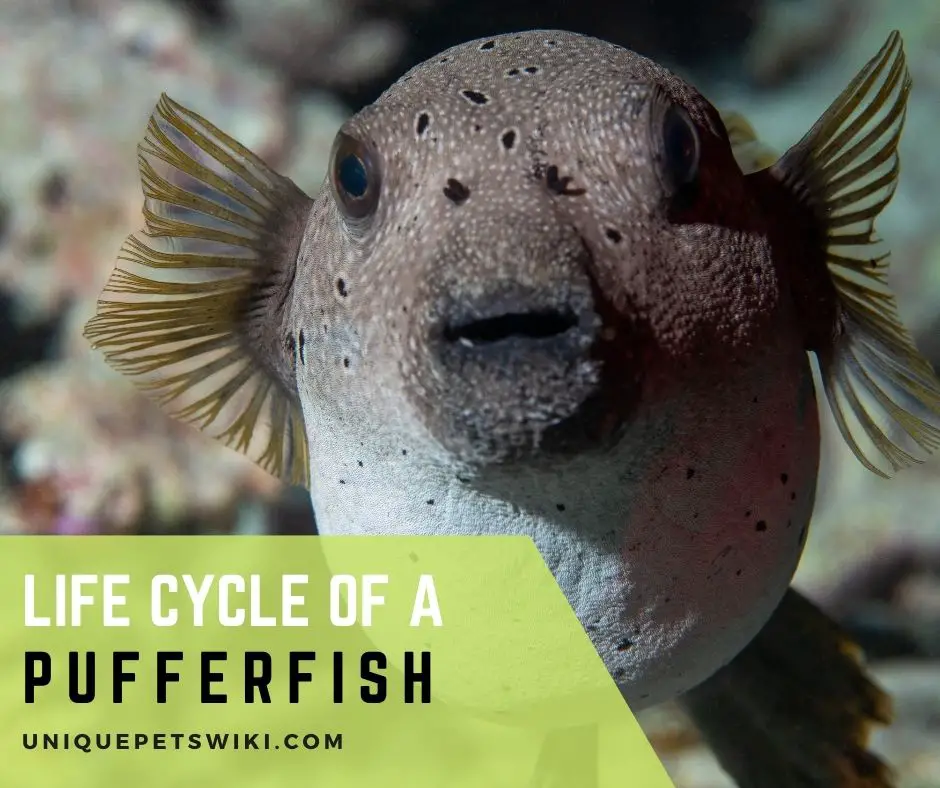Want to know about the life cycle of a pufferfish?
The majority of pufferfish have open life stage. The males slowly push the females up to the water’s surface to spawn. Pufferfish eggs stay in water for one week(5-7days) before they hatch. The female can lay three to seven eggs each time.
Life cycle of a pufferfish includes three main stages: eggs, fires, and adults. Adults is the longest stage of pufferfish based on its breed. Each stage of the pufferfish life cycle requires proper food and environmental conditions.
Which is we will have in another article soon.
Contents
Three stages of pufferfish life cycle
Let’s continue reading
Stage 1- Eggs
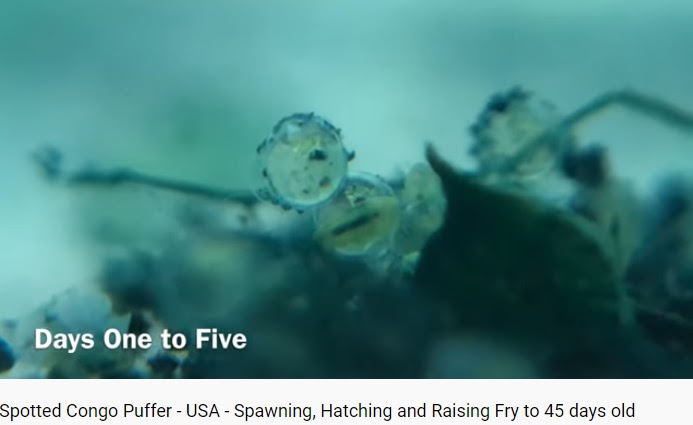
Once they have hatched they have functioning eyes and mouths.
They have to feed within a few days otherwise they will die.
However, they do have a shell that surrounds them each is hard and protective.
This shell layer will stay on them until they reach the age of two years old.
Stage 2- Fries
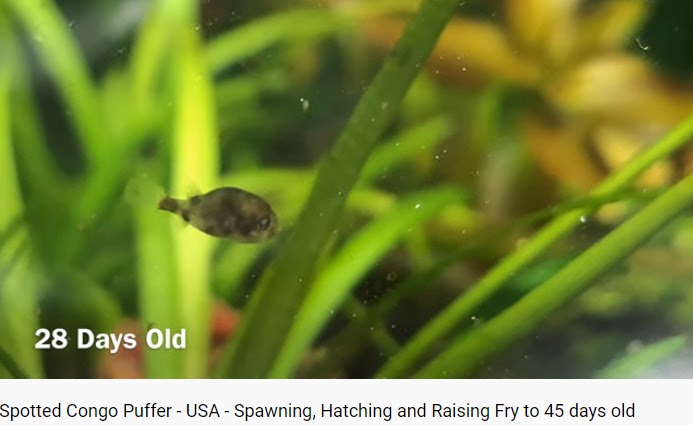
After they have hatched they are known as “fries”. Looking closely at them (usually under a microscope) one may see the shape of a pufferfish in the early stages.
Within a few days, their shells will slowly break off, but not completely.
At this stage, they will develop their fins, teeth, and the rest of their body.
They can grow up to two and a half cm making them very small. However, they are rather cute at this stage.
Stage 3- Adult
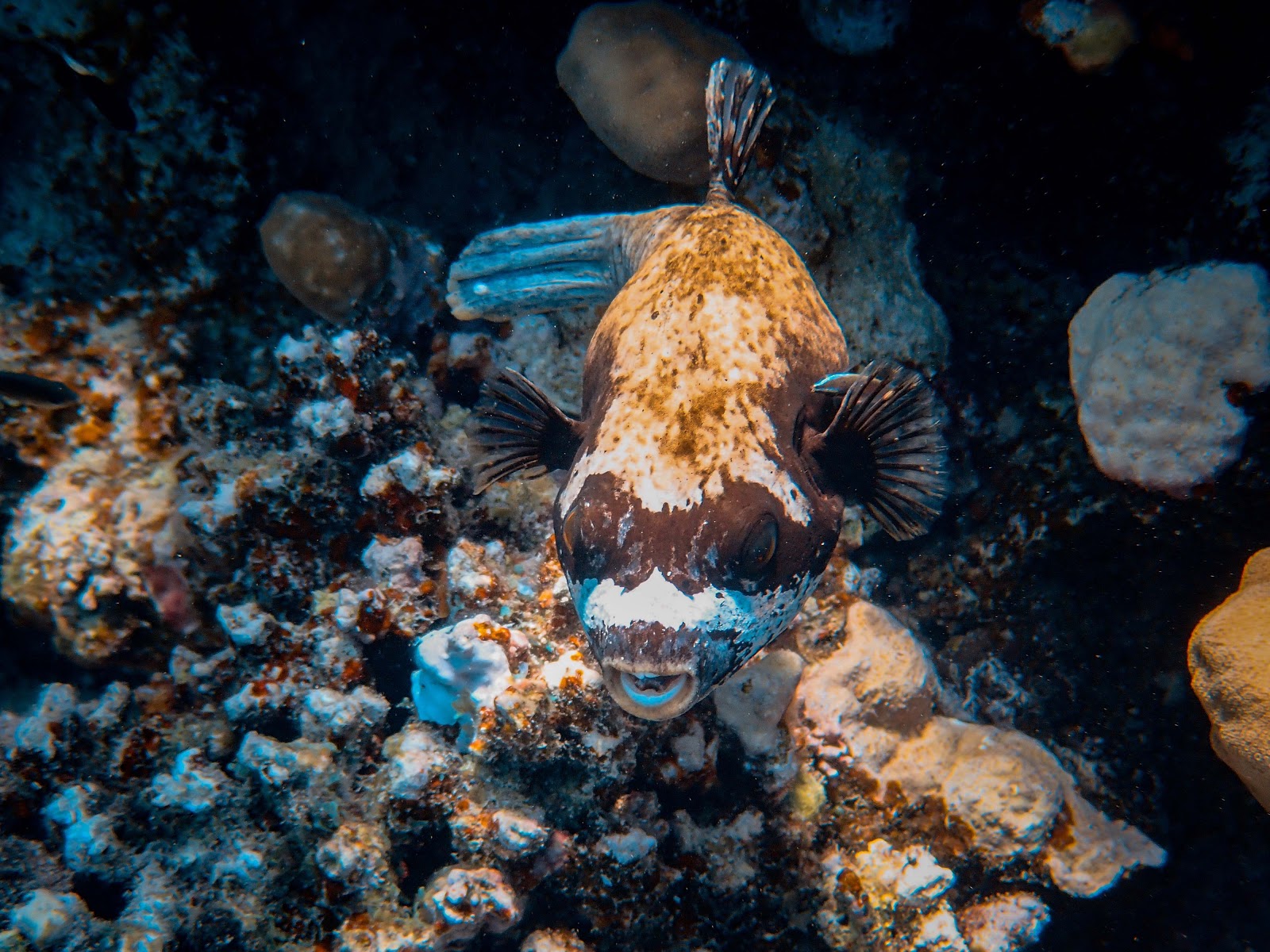
Brown Puffer Fish- Photo by Francesco Ungaro from Pexels
This is the final stage of their life cycle. Here they are fully formed and ready to take on the world of water.
They are able to swim back to and join their school if they are the type of breed to do so.
Since there are so many different breeds of pufferfish their final size can be in the range of about 2 cm to about 67 cm.
The latter is the Mbu puffer fish which is a pet not for the faint of heart, but a beautiful creature to marvel at.
Pufferfish Mating
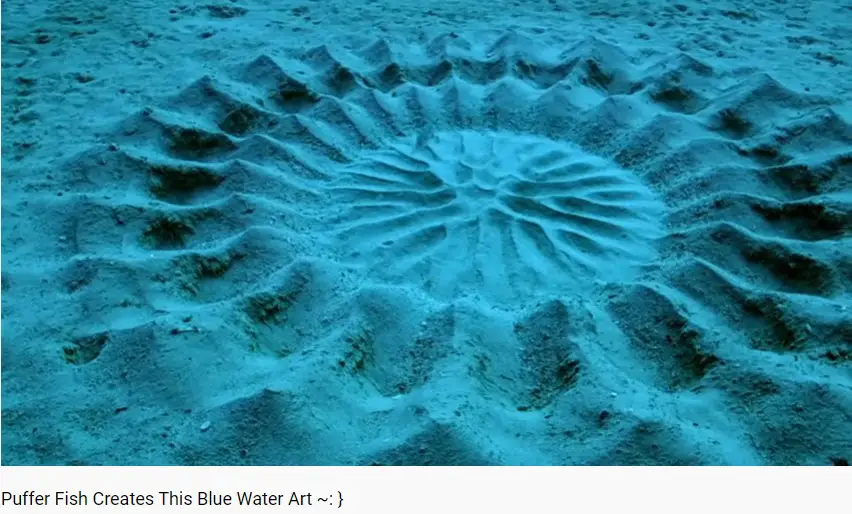
Puffer fishes do have mating habits. The mating habits of the puffers are rather unique.
When the female is ready to spawn her eggs the male will guide her to the surface to a certain spot where they are safe.
Here, she will lay three to seven tiny, circular eggs.
These eggs will be on the surface for about a week before they hatch.
They are very light, so they can stay there without sinking. The male may guard over them during this time.
The freshwater pufferfish (like the Spotted Congo Puffer) have a slightly different mating ritual.
The male attracts the female usually by puffing out his keels and crests.
If she is interested she will then swim to a section of plants or moss, or any form of cover to lay her eggs.
Once she lays the eggs, the male will fertilize them.
Another interesting mating habit is brought to us by the freshwater white-spotted pufferfish.
In order for the males to stand out and grab the attention of a female, they will dig and make a circular pattern in the sand of the river.
These are often compared to alien crop circles. If the female likes it, then they will mate.
Plus, this sand circle formation is also used to protect the eggs from threats and rough water.
Other Facts about Pufferfish
Pufferfish are interesting not only because there are many types in the world but because every breed has different requirements.
Plus, every fish has a different personality.
However, some freshwater pufferfish cannot share their space with other fishes.
They may end up getting eaten or in the case of dwarf pufferfish, they could be the last to get to the food. Hence, starving to death.
Certain breeds of pufferfish such as Figure 8 Puffer as well as the Green Spotted Puffer can start off as freshwater types.
However, as they age they develop into brackish or saltwater fish. This is important to note in case you want one as a pet.
Every puffer fish can move their eyes independently of each other, which is a way to watch out for threats in the water. Their scales are quite strong in order to give their body protection.
Their jaws look as if they are strong enough to eat coral as well as invertebrates.
Some puffers can also change their color if their environment changes.
Food
Food is important to any type of fish.
The amount of food they eat depends on size, availability as well as what species they are.
However, the majority of them are meat-eaters.
For example, saltwater pufferfish can eat worms such as earthworms or blood worms.
They can also eat crabs, mussels in their shells, and squids.
Last update on 2022-12-29 / Affiliate links / Images from Amazon Product Advertising API
Freshwater pufferfish have a slight addiction to their diets in the form of shrimps and snails.
The reason why many breeds of pufferfish like to eat and should eat, hard-shelled food is because it slows down the growth of their teeth.
If their chompers get too big and long then they would be unable to open their mouths to chew their food.
This will result in their death due to starvation.
They Are Poisonous
While puffer fish would make wonderful, fun, and interesting pets, some of them are poisonous.
They are viewed as the most poisonous vertebrates just behind the golden poison frog.
This poison can be in their livers, intestines, testes, ovaries, and sometimes on their skin.
The liver and ovaries have the most amount of poison while their skin, blood, and intestines, have the least amount.
This poison may be able to paralyze people.
This toxin cannot be undone by being cooked or frozen.
If someone does try to freeze or cook a pufferfish before they remove the organs with the toxins then the poison can spread to the rest of the fish, making it riskier.
The eggs can also be poisonous.
However, Japan still views its meat as a delicious delicacy.
There are top chefs who know what parts to cut out in order to not poison their guests.
Plus, many Japanese farmers grow pufferfish and find them certain diets in order for the poison to not get into their system.
This is because the poison that is in their systems actually comes from them eating a type of toxin that is found in natural algae.
Therefore, if the pufferfish is raised in an aquarium then there is a high chance that they will not be poisonous.
Wrapping Up
The life cycle of a pufferfish is fairly simple.
They have three stages: egg, fry, and adult.
Their mating habits are fairly interesting and some breeds can even create wonderful works of natural art.
The pufferfish is interesting and makes great pets as well as a great addition to the natural environment.
